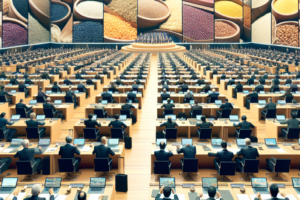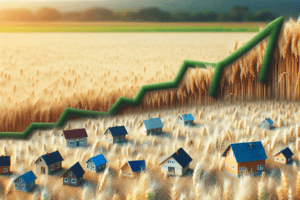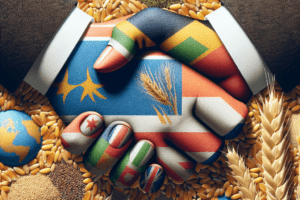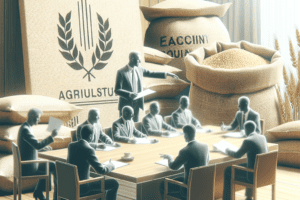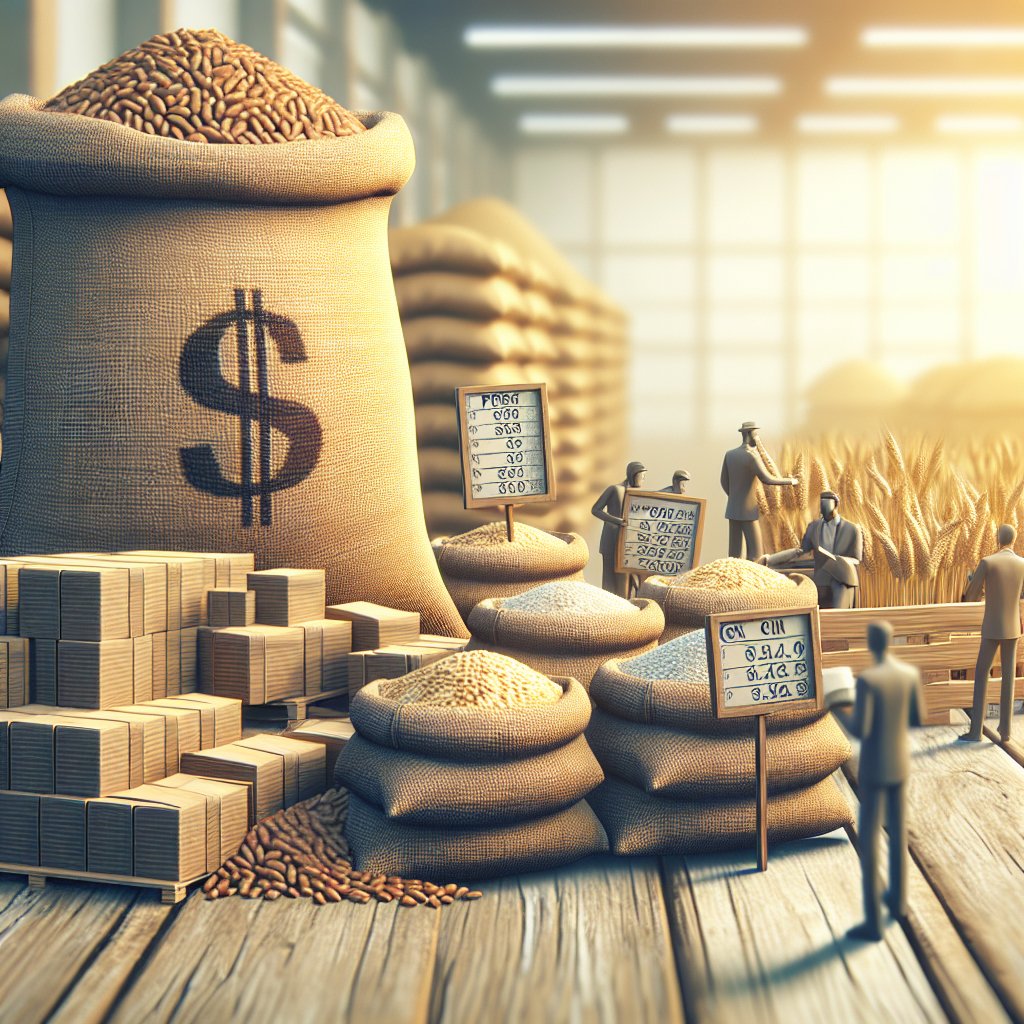Grain markets play a crucial role in the global economy, influencing food prices and food security for millions of people. Understanding the dynamics of these markets is essential, especially in the context of rising food inflation that has been observed in recent years. This article delves into the factors affecting grain markets, the implications of food inflation, and the potential solutions to mitigate its impact on consumers and producers alike.
Understanding Grain Markets
Grain markets encompass the trading of various types of grains, including wheat, corn, rice, and barley. These markets are influenced by a multitude of factors, ranging from weather conditions to geopolitical events. The interplay of supply and demand, along with government policies, plays a significant role in determining grain prices.
Supply Factors
The supply of grains is heavily dependent on agricultural production, which can be affected by several factors:
- Weather Conditions: Adverse weather events such as droughts, floods, and storms can severely impact crop yields. For instance, a drought in a major wheat-producing region can lead to a significant decrease in supply, driving prices up.
- Agricultural Practices: Advances in farming technology and practices can enhance productivity. However, factors such as soil degradation and the availability of water resources can limit these advancements.
- Pest and Disease Outbreaks: The emergence of pests and diseases can devastate crops, leading to reduced supply and increased prices. Farmers must invest in pest control and disease management to protect their yields.
Demand Factors
On the demand side, several elements influence the consumption of grains:
- Population Growth: As the global population continues to rise, the demand for food, particularly grains, increases. This growing demand can put pressure on supply chains and lead to higher prices.
- Changing Diets: In many developing countries, rising incomes are leading to changes in dietary preferences, with a shift towards more grain-intensive diets. This trend can further exacerbate demand for grains.
- Biofuels: The increasing use of grains for biofuel production, particularly corn for ethanol, has created additional demand, impacting food prices and availability.
The Impact of Food Inflation
Food inflation refers to the increase in the price of food over time, which can have significant implications for consumers and economies worldwide. The rising cost of grains is a major contributor to food inflation, affecting everything from bread prices to animal feed.
Effects on Consumers
Food inflation can have a profound impact on consumers, particularly those in lower-income brackets:
- Increased Cost of Living: As grain prices rise, the cost of staple foods increases, leading to a higher cost of living. This can strain household budgets, forcing families to make difficult choices about their food purchases.
- Nutritional Quality: Higher prices may lead consumers to opt for cheaper, less nutritious food options, negatively impacting public health. This shift can exacerbate issues such as obesity and malnutrition.
- Food Security: In regions where food is already scarce, rising grain prices can lead to increased food insecurity, with more people unable to afford basic necessities.
Effects on Producers
Food inflation also affects agricultural producers, influencing their operations and profitability:
- Input Costs: Rising grain prices can lead to increased costs for livestock feed, impacting meat and dairy production. Farmers may struggle to maintain profitability if they cannot pass these costs onto consumers.
- Investment Decisions: Fluctuating grain prices can affect farmers’ investment decisions, influencing whether they expand their operations or adopt new technologies. Uncertainty in the market can lead to hesitancy in making long-term investments.
- Market Volatility: Grain markets are often subject to volatility, which can create challenges for producers in planning and budgeting. Price swings can lead to financial instability for farmers.
Mitigating the Impact of Food Inflation
Addressing the challenges posed by food inflation requires a multifaceted approach involving various stakeholders, including governments, producers, and consumers.
Policy Interventions
Governments can play a crucial role in stabilizing grain markets and mitigating food inflation through various policy measures:
- Subsidies and Support Programs: Providing financial support to farmers can help stabilize production and ensure a steady supply of grains. This support can take the form of subsidies, grants, or low-interest loans.
- Trade Policies: Implementing fair trade policies can help ensure that grain markets remain competitive and accessible. Reducing tariffs and trade barriers can facilitate the flow of grains across borders, stabilizing prices.
- Research and Development: Investing in agricultural research can lead to innovations that improve crop yields and resilience to climate change. This can help ensure a stable supply of grains in the face of growing demand.
Consumer Awareness and Education
Consumers can also play a role in mitigating the impact of food inflation through informed choices:
- Understanding Pricing: Being aware of the factors that influence grain prices can help consumers make informed decisions about their food purchases. This knowledge can empower them to seek out alternatives or adjust their buying habits.
- Supporting Local Producers: Purchasing grains and other food products from local farmers can help support the local economy and reduce reliance on imported goods, which may be subject to price fluctuations.
- Reducing Food Waste: By minimizing food waste, consumers can make the most of their purchases and contribute to a more sustainable food system. This can help alleviate some of the pressures on grain markets.
Conclusion
The dynamics of grain markets are complex and multifaceted, with significant implications for food inflation and overall food security. Understanding the factors that influence these markets is essential for consumers, producers, and policymakers alike. By implementing effective strategies and fostering awareness, it is possible to mitigate the impact of food inflation and ensure a stable and secure food supply for future generations.



